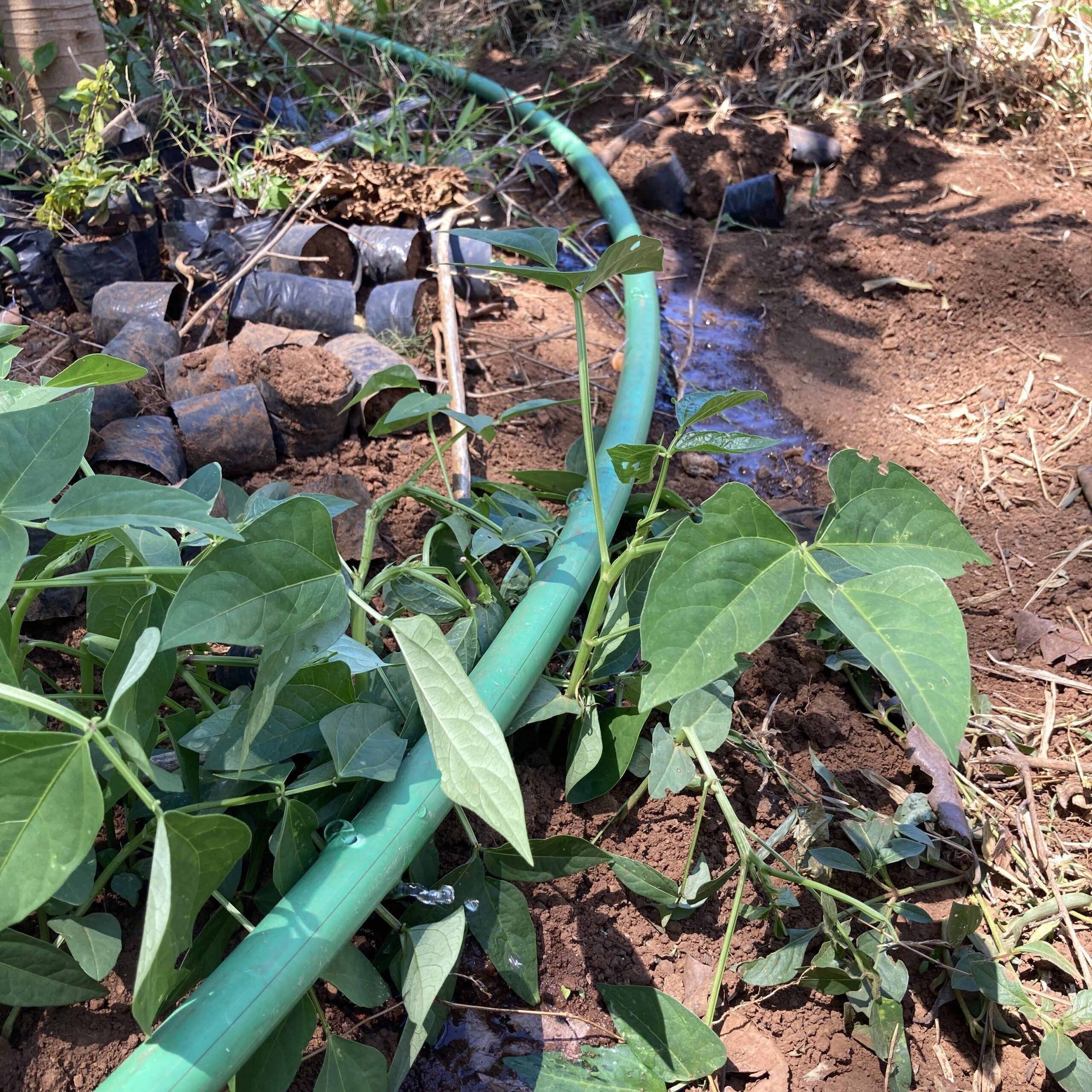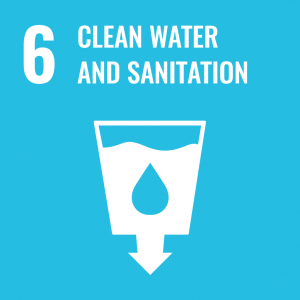Garden irrigation at Nyasidhi Secondary School, Kenia, Ngi’ya
About the Project

Background
In 2022, 15 school gardens were planted in Ngiya using the agroforestry principle within the projects KEN_05_AF and KEN_08_AF. Before arriving in Kenya, expectations on the outcome of the projects were low, since it was known from Stawisha Africa that the region suffered from a long dry season in the end of 2022 while the children were on school holiday for several months. As a result, many gardens were not watered and thus destroyed. However, the situation in the gardens was less bad than expected. It turned out that all 15 schools harvested from the gardens in 2022 several times, the food was either used in school or given to kids joining the environmental club. At all schools, the banana and several trees, especially Pawpaw, survived and grew well. Nyasidhi was one of the schools from the second project phase (KEN_08_AF) and turned out to be a very good example for a successful project handover. The trees grew well, especially Pawpaw, Mango and Avocado, as well as the Banana plant. We were told that the school used the harvest from the initial plant for several months in the school kitchen and also gave out food to students from the environmental club and teachers. After harvesting, replanting of beans and maize was done, maintaining the initial circular structure. Also, some other vegetables were regrown and fertilizer was used for increased production. The shade of the trees is also used to grow tree seedlings for other parts of the school areal and to hand them out to the kids for their homes. Apart from that garden, the school does have a second field where the kids of the very active environmental club can try out different vegetables, trees and new ways of planting. This includes for example sugar cane, pumpkins, lemon grass and coriander. All kids are encouraged to make suggestions for that garden, the environmental club has app. 15 active members. The responsible teacher was very engaged and supportive, as well as the head teacher. The main issue at the school is that the water tank holds only 1000 liters, which is something that should be changed.First try to improve the garden irrigation
The plan was to use a time-controlled solenoid valve to operate a drip irrigation system fed with rainwater from the tank. The dry seasons are usually 4 months (June - September) and 3 months (January - March), but are no longer very predictable due to climate change. The school holidays generally last no longer than two months (8 weeks). The water requirement was determined based on the size of the school garden. Pipes, connectors and gate valves were purchased locally and the automatic gate valve was ordered in advance. A pipe with an outer diameter of ¾'' was used, the irrigation holes were drilled by hand at a distance of 30 cm and a width of approx. 2 mm. The tank was fitted with an additional gate valve as planned before the flow was split between the remaining manual tap and the automatic valve. The gate valve was programmed to open for ten minutes every two days to carry out a test run. An initial test showed that the idea of the system worked and that programming the automatic valve was simple. However, the connections we received were of very poor quality and had to be widened before being connected. Despite the use of sealant, leaks occurred. In addition, the steel fittings used to connect the tank were very worn and it was difficult to connect the installation to the tank. The pressure of the system is not high enough to maintain a stable flow of water throughout the circuit, only the first few holes are actually watered. This is because the tank is not above garden level and the tank volume is not sufficient to create enough hydrostatic pressure.Project goal and attempt
After detecting the issues with the connectors, a plumber was asked to renew the connections and sealings as soon as possible. However, the tank size is not big enough to feed the necessary amount of water to the garden. A follow up project would thus include a larger tank with a capacity of 10000 liters, an increase of the fundament, potentially new connectors, a protective housing for the automatic valve and labor costs. With these measures, the hydraulic pressure of the system should increase and the irrigation system should be fully functional.Adressed SDGs



Partner and Sponsors


Information
Project number
KEN_12_WT
Project Leader
Franzi Enzmann
Regional Groups
- Rhein-Main
Project Category
 Water
Water Timespan
December 2023 - February 2024
Project stage
finished
News
Stawisha Africa Annual Report 2024

